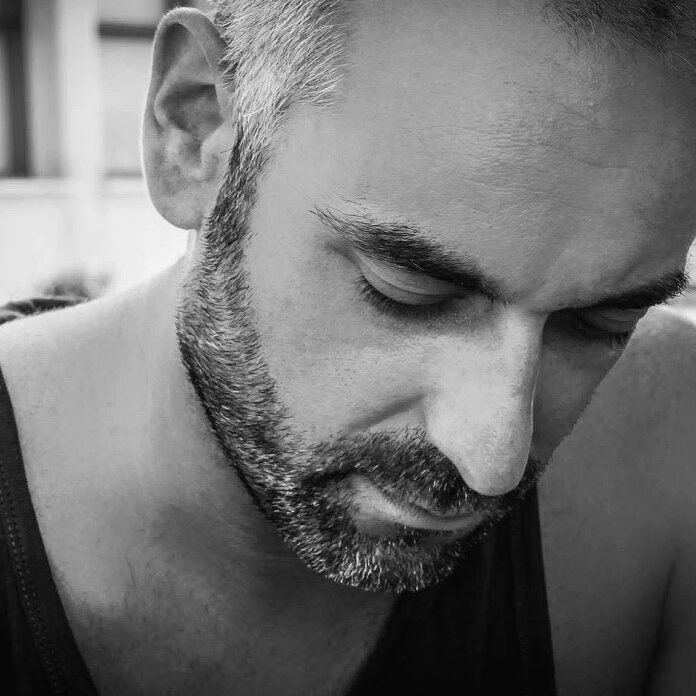Warning: the following contains spoilers for The Case Study of Vanitas, Episode 11, “Promises,” now streaming on Funimation.
Vampires are some of the most adapted creatures in all of fiction and every adaptation has some variant on how vampires work. Sometimes the bite can turn humans into vampires, other times it is a means to gain more power. The way The Case Study of Vanitas presents vampires differs in that vampires are born and not made, meaning their bloodlust is more manageable, much like a natural instinct -- unless they become cursed.
Episode 11 contains two bloodsucking scenes under two very different circumstances, one between Jeanne and Vanitas and the other with Lord Ruthven and Noe. Both scenes show what bloodsucking symbolizes in the world of Vanitas, namely the idea of control -- both losing and gaining it over another.
The episode starts innocently enough, with Jeanne trying to get Vanitas to stop being interested in her. Jeanne asks Domi for advice, who suggests that she pretend to be interested in him, since she heard from Noe that Vanitas isn’t interested in those that love him. Jeanne asks Vanitas out on a date, but Vanitas sees right through her scheme and agrees to go on the date. Thus, Jeanne ironically (but not surprisingly) finds herself in the thrall of Vanitas' charms.
At the same time, Noe goes on a date of sorts as well. When Lord Ruthven invites him to a café, he seems friendly enough at first, but as seen last episode, Ruthven is in cahoots with the Charlatan, so it's obvious that he’s up to something when he invites Noe.
At around the same time, as Jeanne and Vanitas’ date winds down, she sees a human boy with a scraped knee, which awakens her bloodlust. She almost attacks the boy but Vanitas stops her just in time and lets her bite him instead. Jeanne's difficulty controlling her bloodlust leads Vanitas to ask her again if she is a curse-bearer. Jeanne cannot answer due to a certain someone’s order, though from the silhouette it is clearly Ruthven.
Ruthven reveals a little about his own past to Noe: he was a teacher that taught vampires back when humans and vampires were at war, and his students somehow all died. This could be the motivation behind his actions, because when Noe says that he doesn’t consider humans enemies and sees vampires and humans as equal, he immediately attacks Noe and sucks his blood.
The visuals of both bloodsucking scenes are quite interesting, Ruthven is physically imposing, and mentally also much more manipulative than Noe, so he handles Noe like a ragdoll, and he has complete control over the situation. The mirrors in this whole scene symbolizes the duplicitous nature of Ruthven. When Noe finally sees him through the mirror, it is when he chooses to reveal his true nature to Noe.
In Jeanne and Vanitas’ case, while the bloodsucking is consensual, it only happens because Jeanne can't fully control her bloodlust. While physically, she seems to be in control of Vanitas -- even climbing on top of him -- she is not really the one in control mentally. Though Neither is Vanitas, who can only help alleviate Jeanne’s thirst, but cannot cure her until she admits her illness. When it comes to treating patients, it seems that Vanitas cares much more about consent than he normally does.
The back-to-back scenes are meant to demonstrate the relationship between bloodsucking and control, and how they may come to be linked with the villain's goals. Since vampires in this world don’t necessarily need to blood to survive, the act takes on symbolic meaning: control can be either gained or lost through this action. Vampires are cast out when they become cursed and lose control, which is why the Charlatan is so feared, but having control over others is what powerful vampires seek, and it's possibly what the Charlatan is after as well.
Since vampires were created when someone attempted to exert control over the world, the need for control is probably inherent within vampires as a species. Even in more romantic or sexual situations, there is also a possessive aspect of bloodsucking, as in the case with Jeanne and Vanitas.
About The Author

